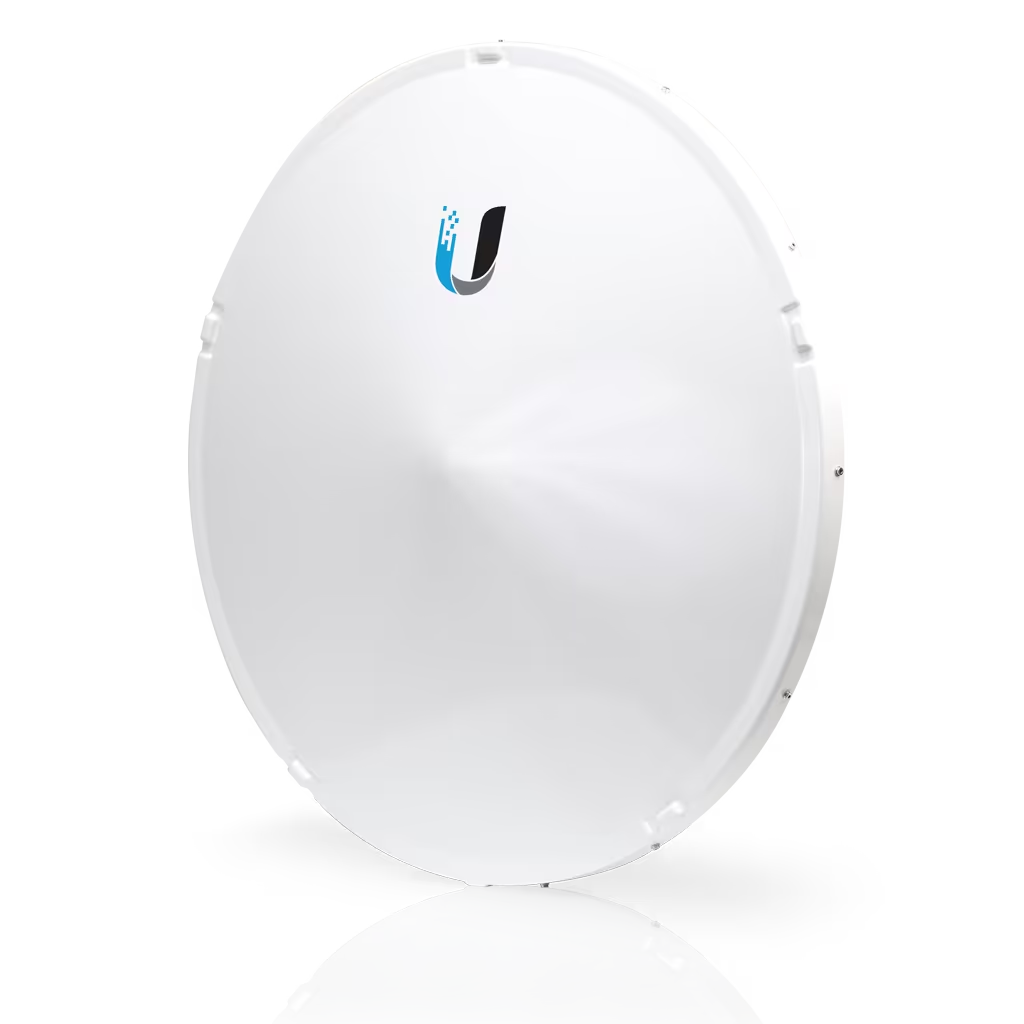As the demand for reliable internet connectivity increases, the need to establish an efficient outdoor wireless network becomes paramount. Whether for personal use in a backyard or for larger-scale commercial purposes, understanding the intricacies of “Choosing the Best Outdoor Wireless Network for Your Open Area Needs” is essential. This comprehensive guide will help you evaluate your options and select the most suitable network solution for your requirements.
Why is a Reliable Outdoor Wireless Network Necessary?
In today’s digital age, having a reliable outdoor wireless network is crucial. This is particularly true for businesses that rely on constant connectivity for operations, as well as homes that wish to extend their internet access beyond the confines of interior walls. A robust outdoor network enhances user experience by providing stable connections for various devices, including smartphones, laptops, and security systems. When “Choosing the Best Outdoor Wireless Network for Your Open Area Needs,” it’s important to consider the environment and the specific applications you plan to use.
Different Types of Outdoor Wireless Networks
When embarking on “Choosing the Best Outdoor Wireless Network for Your Open Area Needs,” familiarize yourself with the various types of networks available. The most common include Wi-Fi, cellular (4G, 5G), and satellite networks. Each type has its advantages and disadvantages.
- Wi-Fi Networks: Ideal for short-range connections. They are great for home use and small businesses.
- Cellular Networks: Perfect for larger areas where traditional internet service might be limited. They provide extensive coverage and high-speed data.
- Satellite Networks: Suitable for very remote areas. Although they can be slower and affected by weather, they cover vast distances.
Understanding these options will help you determine which is most suitable for your needs.
Factors to Consider When Choosing Your Network
As you embark on “Choosing the Best Outdoor Wireless Network for Your Open Area Needs,” several factors should guide your decision:
- Coverage Area: How large is the open area you want to cover? This will significantly impact your choice, as some networks can cover larger distances more effectively than others.
- User Density: The number of users and devices that will connect simultaneously is crucial. High user density may require a more robust network.
- Environmental Factors: Consider potential obstacles in your area, such as buildings, trees, and weather conditions. These can adversely affect signal strength.
- Budget Considerations: Cost always plays a role in decision-making. Assess the initial investment and long-term maintenance costs of each option.
By taking these factors into account, you will be in a much better position to make an informed choice.
Wireless Technology Advances
The field of wireless technology is constantly evolving, and keeping up with the latest advancements is important in “Choosing the Best Outdoor Wireless Network for Your Open Area Needs.” Technologies like Mesh Networking can expand coverage by allowing multiple access points to communicate with one another, creating a seamless network experience.
- Mesh Networking: This technology enables multiple nodes to work together, enhancing coverage significantly.
- 5G Technology: Offers faster speeds and lower latency than previous generations, making it ideal for areas with high data demands.
Staying informed about these technologies can greatly impact your choice, optimizing the functionality of your network.
Security Considerations
The security of your outdoor wireless network is paramount—especially if you intend to connect devices such as security cameras and smart home systems. When “Choosing the Best Outdoor Wireless Network for Your Open Area Needs,” pay close attention to security features.
- Encryption Standards: Utilize networks that support WPA3 for the latest and most secure encryption.
- Access Controls: Implement measures to restrict unauthorized access to your network, such as MAC address filtering.
- Regular Updates: Ensure that your network devices receive firmware updates to protect against vulnerabilities.
A secure network not only protects your data but also your privacy.
Equipment Selection
Selecting the right equipment is a critical step in “Choosing the Best Outdoor Wireless Network for Your Open Area Needs.” The equipment you choose must align with your specific requirements.
- Access Points: Make sure to choose outdoor-rated access points to withstand environmental challenges.
- Routers: Invest in a robust router that can handle the traffic and demands of your users.
- Cloud Keys & Gateways: Consider systems that offer easy management of multiple access points and enhanced control over your network.
Choosing the right equipment can make a significant difference in performance and reliability.
Cost and Budgeting
Establishing a budget is essential when “Choosing the Best Outdoor Wireless Network for Your Open Area Needs.” Costs can fluctuate based on a variety of factors, including equipment prices and installation fees.
- Initial Investment: Be prepared for upfront costs, such as purchasing equipment and potential installation services.
- Ongoing Costs: Consider long-term expenses, including electricity, maintenance, and potential service subscriptions.
- Value vs. Cost: Sometimes, paying more for a higher-quality system can lead to better performance and lower maintenance costs over time.
Choosing wisely in this area can lead to significant cost savings in the long run.
Installation and Maintenance
Proper installation and ongoing maintenance are vital components of “Choosing the Best Outdoor Wireless Network for Your Open Area Needs.”
- Professional Installation: Depending on your expertise, you may want to hire professionals for installation, especially for complex systems.
- Regular Maintenance: Schedule periodic checks and updates to ensure that the network continues to perform optimally.
- Flexibility for Growth: Consider how easily your network can be expanded in the future, should your needs change.
Investing time in these aspects will help in sustaining the longevity and effectiveness of your network.
Conclusion
Conclusively, “Choosing the Best Outdoor Wireless Network for Your Open Area Needs” involves a blend of understanding technology, assessing your specific requirements, and considering your unique environment. By taking into account the various types of networks, associated factors, and gear necessary for installation, you are well on your way to establishing a reliable outdoor wireless network that meets your demands.
Don’t overlook the critical aspects of security and maintenance to ensure that your network remains robust and secure. With the proper planning and implementation, you can enjoy a seamless and efficient outdoor wireless experience.




